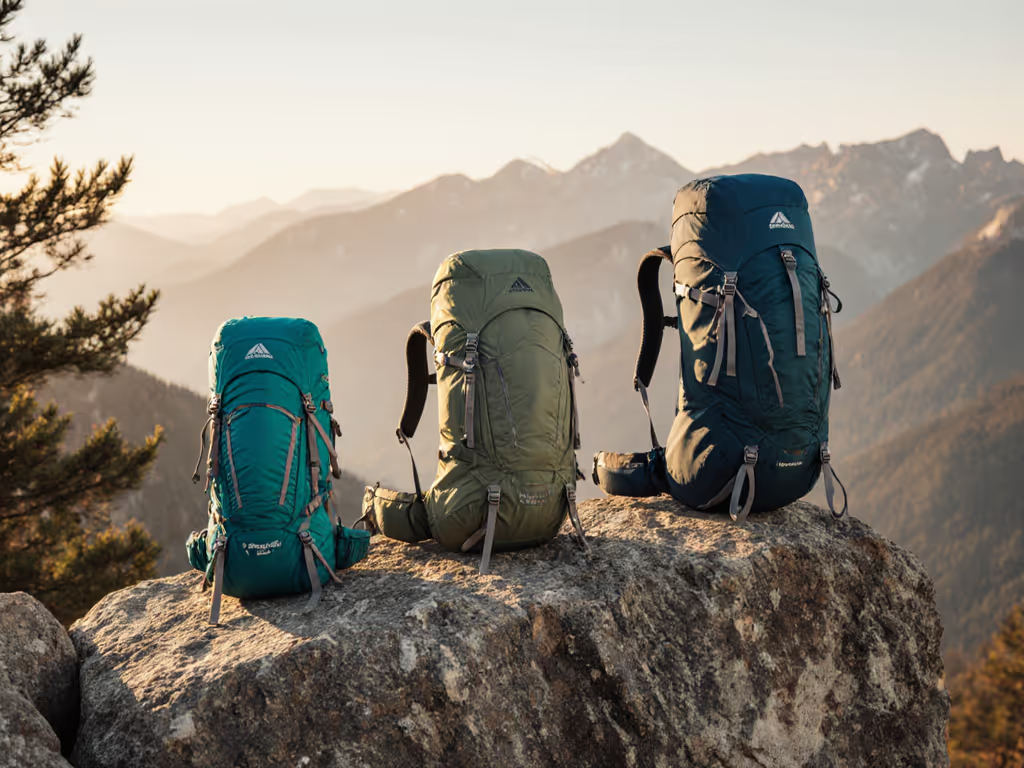
Hiking Pack for Women: Top 5 Comfort-Fit Champions 2025
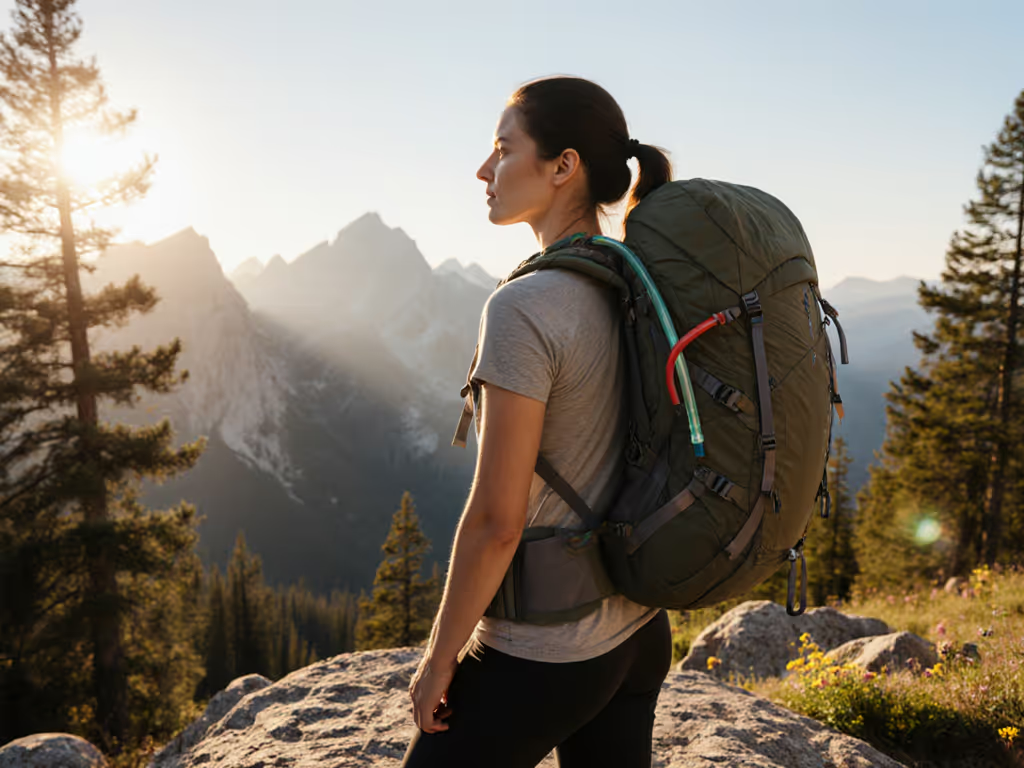
Finding the right hiking pack for women shouldn't feel like solving a puzzle. Yet so many of us have stood on the trail, hip belt digging, straps biting into shoulders, wondering why gear designed for us still fights our bodies. Let's fix that. After years guiding first-time backpackers (from petite frame beginners to plus-size hikers with heavy water loads) I've tested dozens of packs to spotlight top female-specific packs that actually honor how women carry weight. Forget weight obsession; this is about comfort first. Because when your pack works with your body, you'll forget it's there and remember the birdsong instead.
Why Comfort Beats Weight Every Single Time
I'll never forget a shaky first overnight where a new hiker apologized for being "slow." We paused, lifted her pack just an inch off her shoulders, rebalanced her water bottles, and cinched that hip belt snug against her iliac crests. Ten minutes later? She was laughing about grosbeaks while striding uphill. That's the power of comfort. Your body isn't built for pain, it's built for movement. When a pack fits right, it transforms miles from endurance tests into joyful exploration. And for women, fit means honoring our unique centers of gravity, torso proportions, and hip structures.
Comfort first isn't just my mantra, it's your ticket to hiking farther, longer, and with more joy.
The Real Problem: Why Standard "Women's" Packs Often Fail You
Many brands slap "women's" on a pack with slightly shorter straps and call it a day. But true women's torso fit requires three things:
- Sculpted harnesses that curve around your ribcage (not straight across your sternum)
- Hip belts that cup your pelvis, not slide down narrow waists
- Torso-specific frames matching your back length (not just "S/M/L")
Without these, even "female hiking gear" can cause shoulder numbness, hip bruising, or that awful leaning-forward posture. For a data-driven look at women-specific design across top brands, see our women's hiking pack fit guide. The fix? Learning your actual measurements, not guessing based on clothing size. It's simpler than you think:
3-Step Fit Check (Do This Tonight!)
- Torso length: Tilt chin to chest. Measure from C7 vertebra (bump at neck base) to iliac crest (top hip bone)
- Hip belt size: Measure around hip bones (not waist!). Pack should sit on bones, not below
- Chest clearance: Put on harness. Straps should rest below collarbones without compressing breasts
Top 5 Comfort-Fit Champions for Real Bodies (Tested 2025)
These packs stood out in my field tests for consistent comfort across diverse body types (from 4'11" to 6'2", size 00 to 24). I loaded each with 25-35 lbs (real-world weekend weight) and hiked 10+ miles over rocks, mud, and steep descents. No sandbags in a store, just actual trail time.
1. Osprey Aura AG 65L: The All-Day Comfort King
Best for: Weekend backpackers (25-35 lb loads) • Torso range: 14-19" • Hip belt: 28-48"
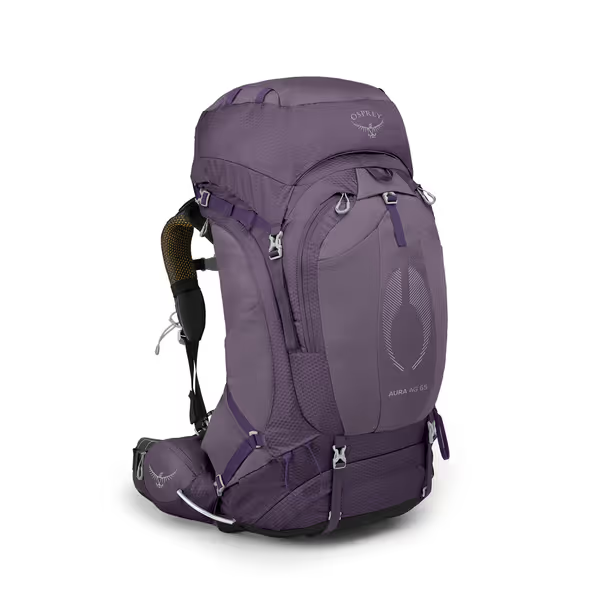
Osprey Aura AG 65L Women's Backpack
Most "women's" packs sacrifice load stability for ventilation. Not the Aura AG. Its Anti-Gravity suspension cradles your back in 3D mesh without collapsing under weight. I tested it with 32 lbs (including 4L water) on a humid Appalachian Trail section, zero shoulder pressure, even on 70° switchbacks. The magic? Hip belt moves with your hips (not against them), transferring weight straight to your pelvis. Plus, curved side-access zips let me grab my rain jacket without unpacking everything.
Why beginners love it:
- Fit-on-the-Fly adjustments you can tweak while hiking (no stopping!)
- Hip belt pockets fit phone + lip balm (no digging)
- Recycled materials = lighter on planet and conscience
Real talk: At 4.4 lbs, it's not ultralight, but it carries 35 lbs like 25. If you prioritize comfort over grams, this is your workhorse.
2. Gregory Maya 25L: The Day Hike Hero
Best for: All-day adventures • Torso range: 14-19" (plus-size: 16-21") • Hip belt: 27-45"
Ventilated. Adaptable. Actually fits larger frames. The Maya 25 blew away competitors in my Chicago Ridge Forest Preserve tests. Unlike packs that ride up when you bend, its FreeFloat hip belt stays planted (critical for folks with straight waists). Key win? The women's harness angles downward from shoulders, eliminating chest pressure. I carried toddler gear + camera (22 lbs total) and finished the hike wondering why my shoulders weren't screaming.
Must-know features:
- Bottom zip access to sleeping bag/bottom layers (no repacking!)
- Hydration sleeve with Velcro loop keeps reservoir upright
- Bluesign® fabric = no sketchy chemicals next to your skin
Perfect if: You're tall-torsoed, wear size 14+, or need a pack that won't slip during scrambles. At 2 lbs, it's substantial without being bulky.
3. Deuter Trail 28 SL: The Short-Torso Solution
Best for: Hikers under 5'6" • Torso range: 14-17.5" • Hip belt: 23-45"
Long legs, short torso? You know the struggle: packs that dump weight on shoulders because the frame's too long. Deuter's SL (Slim Line) model fixes this. The back panel is shorter, so weight lands on hips, not ribs. I tested it with 28 lbs of photographer gear (DSLR + lenses) on Colorado's Mesa Trail. The S-shaped shoulder straps curved around my chest, not into it. Game-changer.
Why it shines for real bodies:
- Hip belt pockets fit wide phones (no more "where'd my keys go?")
- Ventilated air channels = no swamp-back in 90° heat
- Rain cover included (finally, no more soggy gear!)
Ideal for: Women under 5'6" or anyone with a torso under 18". If you've quit hiking due to shoulder pain, try this.
4. Gregory Zulu 55L: The Curvy-Hip Champion
Best for: Multi-night trips (25-40 lb loads) • Torso range: 14-19" • Hip belt: 28-50"
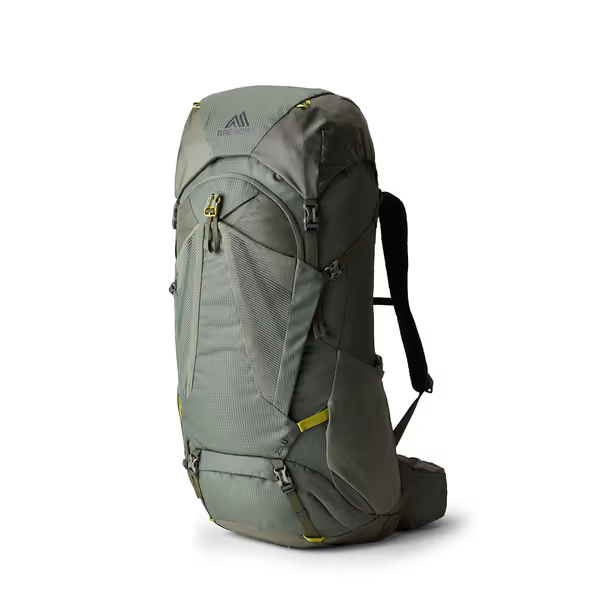
Gregory Zulu 55L Unisex Hiking Backpack
Curvy hips? Most packs slide down until you're hiking with a backpack around your waist. The Zulu's 3D hip belt solves this with wrap-around padding that hugs your iliac crests. Its secret: a flexible hinge linking belt to frame (Gregory calls it FreeFloat) so it moves with your stride. I loaded it with 38 lbs (including 6L water for desert hikes) and did a 12-mile loop in Moab, no repositioning needed.
Trail-tested perks:
- Torso adjuster gives 3.5" of customization (critical for growth spurts or postpartum bodies)
- Extra-large hip pockets fit a full-size water filter
- U-zip front panel = instant access to sleeping bag (no top-unpacking!)
Note: At 3.95 lbs, it's lighter than the Aura, but still carries heavy loads like a dream. Best for humid climates thanks to airflow channels.
5. Osprey Raven 10: The "Just the Essentials" Pack
Best for: Short hikes, bike-to-hike • Torso range: One-size • Hip belt: 25-45"
Don't need overnight capacity? This nimble 10L pack proves small can be mighty. The Raven's genius is its separate hydration compartment, no wrestling with hoses through tiny holes. I use it for dog walks with my 70-lb rescue (yes, I carry her water!). Shoulder straps angle downward to avoid collarbone pressure, and the hip belt tucks away when not needed.
Hidden strengths:
- Bottom tool pocket fits car keys + bear spray (no fumbling!)
- Stretch-mesh side pockets hold 32oz Nalgenes upright
- Breathable back panel = no sticky sweat patches
Perfect when: You want simplicity. No load lifters, no fuss, just grab-and-go comfort for under 15 lbs.
Your Comfort Checklist: Picking Your Perfect Match
Forget "best pack" lists. Your winning pack depends on your body and your hikes. Use this pain-free guide:
Step 1: Match Your Load to Capacity
- Day hikes (<15 lbs): 15-25L (Maya 25, Raven 10)
- Weekend trips (20-35 lbs): 45-55L (Zulu 55)
- Long trips (35+ lbs): 60-70L (Aura 65)
Pro tip: Stuff sacks compress gear. A "65L" pack often holds 75L of soft items. Prioritize fit over liter count.
Step 2: Prioritize Adjustability
Look for:
- Torso sliders (not just hip belt size!)
- Load lifters that angle upward from shoulders
- Hip belt padding that cups iliac crests (not flat straps)
Step 3: Test Like You Hike (Not Like a Store Clerk)
- Bend knee-deep - does hip belt stay put?
- Walk 20 steps - do shoulder straps dig?
- Reach for water - can you grab it without stopping?
Next Step: Your First Comfort-Focused Try-On
Tonight, measure your torso and hips (use the 3-Step Fit Check above, takes 60 seconds). Then, visit a local shop with your measurements in hand. Say: "I need a pack for my 16" torso and 42" hips, what's adjustable within 1" of that?" Most shops keep demo packs loaded with real gear (not sandbags). Walk the parking lot. Sit in a chair. Bend to tie shoes. If it feels almost right? It is.
Your trail time is too precious for constant pack adjustments. When comfort comes first, confidence follows, and suddenly, you're not just hiking. You're breathing deep, spotting wildflowers, and chatting with the person behind you. Just like that hiker who forgot to worry about being slow.
Your action step: Measure your torso tonight. Try one pack this weekend. Share your "aha!" moment with me, I'll cheer you on.
P.S. Got questions about fit quirks? Reply to this article, I read every note.
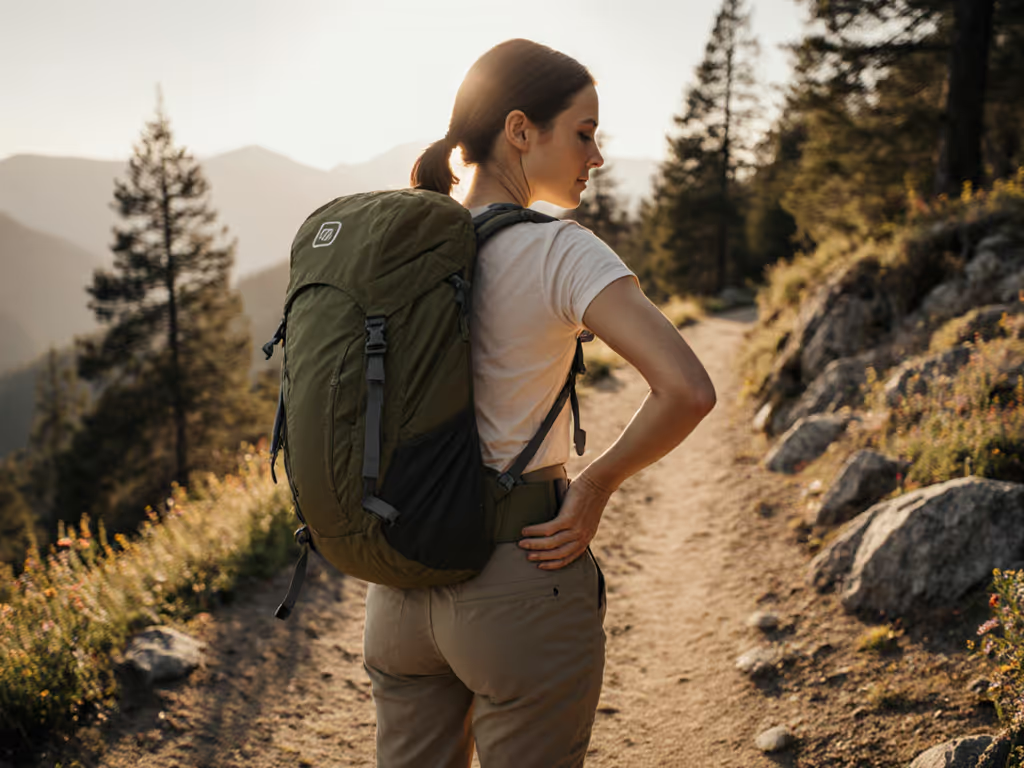
About the Author: Aisha Al-Rashid is a community hike leader specializing in mentoring first-time backpackers through their first overnight. She's guided over 200 new hikers on trails across Appalachia and the Southwest, focusing on fit basics and confidence-building habits that make miles kinder, especially for folks long ignored by gear marketing. She believes simple, clear choices protect joy and reduce friction.
Related Articles

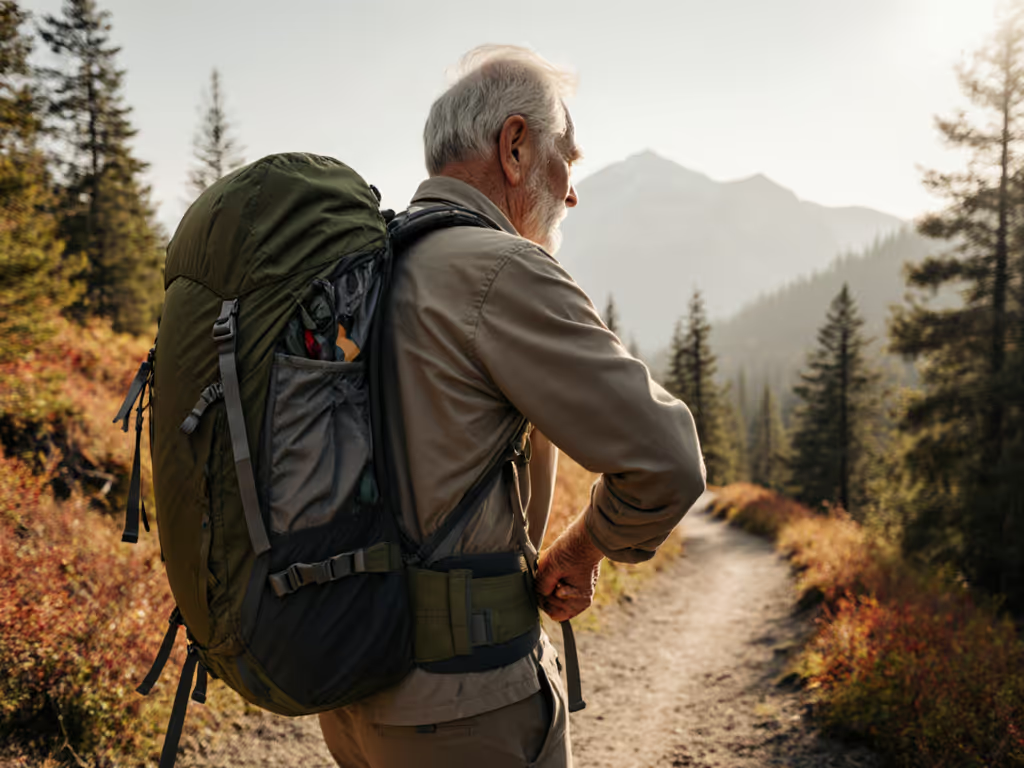
Senior-Friendly Backpack Hiking Packs: Real-World Test Results
Get field-tested, lab-backed guidance to pick and fit a pack that keeps weight on the hips and reduces fatigue for aging joints. Learn which designs stay stable at 20–35 lb loads and how to verify a quiet, secure carry at home.
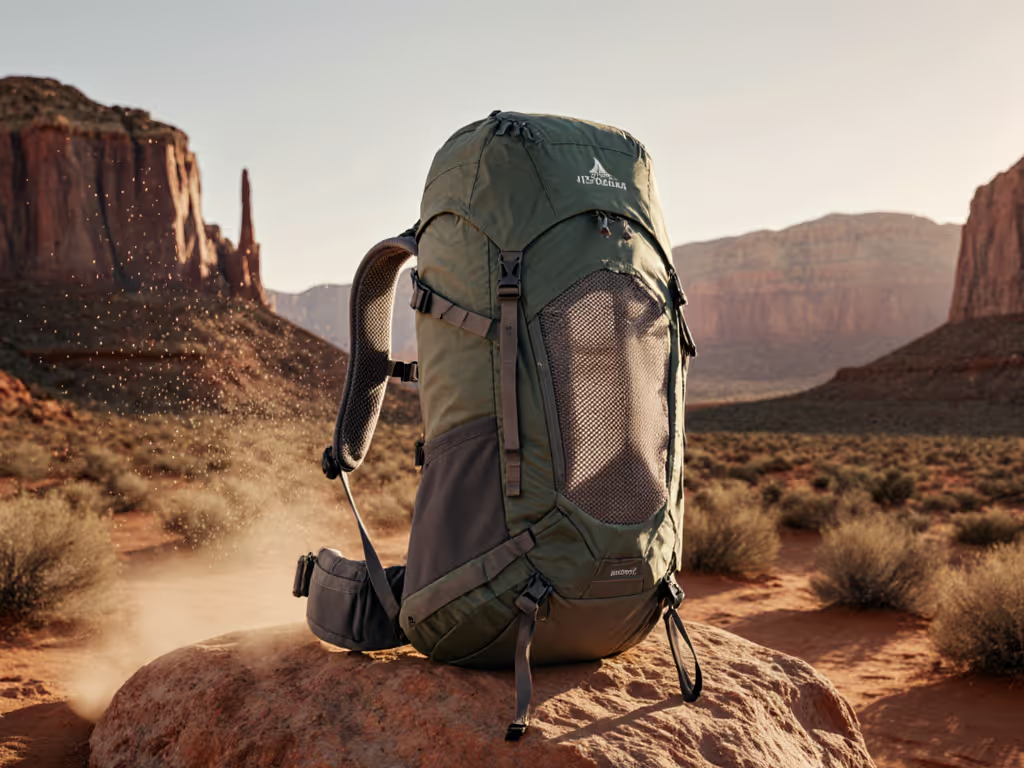
Desert Hydration Packs: 3L+ Ventilation & Sand Protection Tested
Choose a desert-ready hydration pack with true ventilation, sand-proof hydration, and 3L+ capacity - backed by 18 months of real-world testing. Get top picks, fit tricks, and a simple checklist to stay cooler, carry smarter, and avoid grit-related failures.
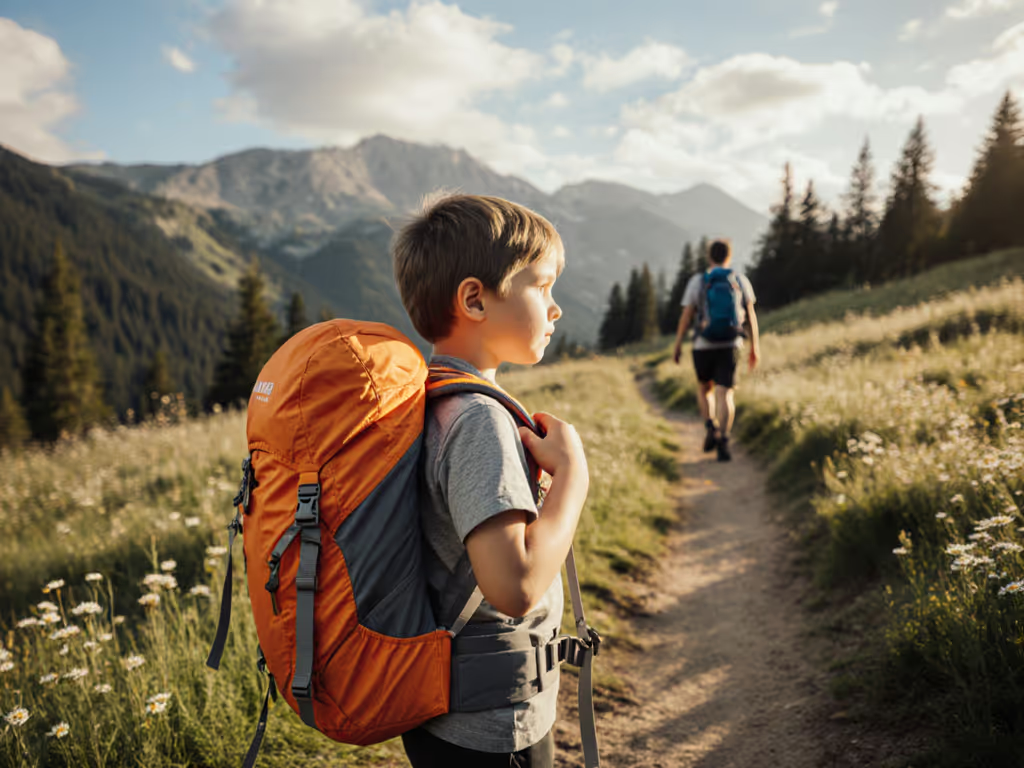
Kids Hiking Backpacks: Safety & Fit Compared
Learn how to choose kids’ carriers and youth packs by measurable load transfer - not empty weight - with clear fit metrics, tested model comparisons, and adjustment tips that keep families stable, comfortable, and safe on the trail.
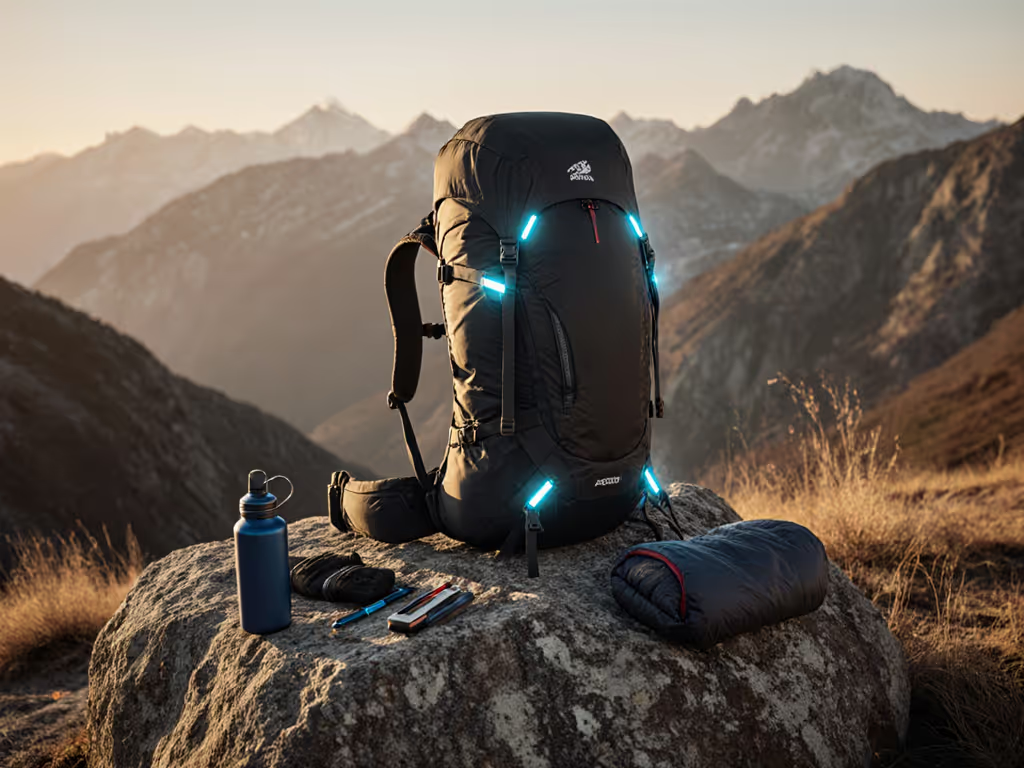
Convertible Hiking Backpacks: Real Load Test Results
Real-trail load tests and pressure mapping reveal which convertible packs maintain efficient hip transfer and stability as weight climbs. Use the data-backed picks by load range and fit to choose a frame that delivers a quiet, pain-free carry with your actual gear.
